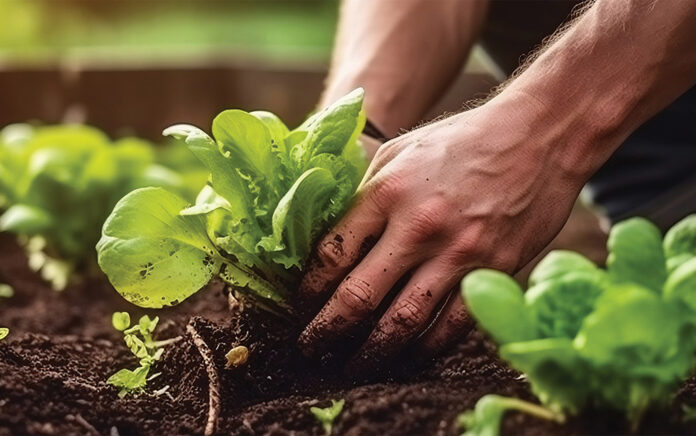Preparing and planting any spring vegetable garden is an exciting and worthwhile effort that benefits greatly from careful planning and thoughtful execution. As the cold grip of winter loosens, gardeners eagerly anticipate the opportunity to cultivate a vibrant and productive space. To make the most of your spring vegetable garden, here are some essential steps.
Planning
Begin by selecting the vegetables you wish to grow. Consider your climate, available space, and personal preferences. Some popular spring vegetables include lettuce, spinach, carrots, peas, radishes, and broccoli. Make a list of the vegetables you want to plant and determine their planting requirements, such as sunlight, soil type, and spacing.
Choosing the Location
Select a location that receives adequate sunlight, ideally 6 to 8 hours per day. Ensure the soil is well-draining and enriched with compost or organic matter. A raised bed can be a great option, as it provides better drainage and soil control.
Soil Preparation
Prepare the soil by removing any weeds, rocks, or debris. Break up the soil using a garden fork or tiller to a depth of at least 6 inches. Mix in compost or well-rotted manure to improve soil fertility and structure.
Starting Seeds Indoors: For some vegetables, it’s advantageous to start seeds indoors several weeks before the last frost date. Use seed trays or pots filled with seed-starting mix. Keep them in a warm, well-lit area until they develop strong seedlings ready for transplanting.
Direct Sowing
Certain vegetables, like radishes, carrots, and peas, can be directly sown into the garden soil. Follow the seed packet instructions for proper depth and spacing. Water gently after sowing.
Transplanting: When the threat of frost has passed, transplant the indoor-grown seedlings into the garden. Harden off the seedlings by gradually exposing them to outdoor conditions over a week. Dig holes slightly larger than the root ball, place the seedlings, and fill with soil, patting it gently around the base.
Mulching
Apply a layer of organic mulch, such as straw or wood chips, around the plants to help retain moisture, suppress weeds, and regulate soil temperature.

Watering
Consistent watering is crucial, especially as the young plants establish themselves. Water at the base of the plants to avoid wetting the foliage, which can lead to disease.
Fertilizing
Feed your plants with a balanced, slow-release fertilizer or compost to ensure they have the nutrients they need for healthy growth.
Pest and Disease Management
Keep an eye out for pests and signs of disease. Early intervention, like handpicking pests or using organic pest control methods, can prevent larger issues later on.
Succession Planting
To extend your harvest, consider succession planting. This involves planting small batches of the same crop at intervals.
A flourishing spring vegetable garden takes dedication, but the satisfaction of nurturing your plants from seed to harvest is incredibly fulfilling.






